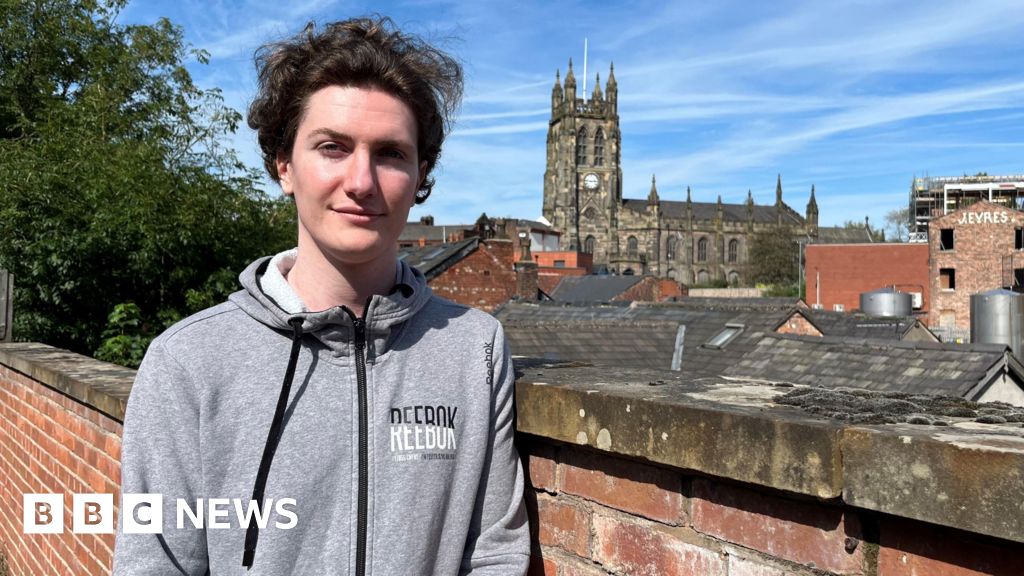We would not count ourselves as birders. Elaine, who visited the Everglades occasionally when she lived in Miami, knows a purple gallinule when she sees one. Alan can tell a red-tailed hawk from a sharp-shinned one, having been dragged as a child every spring to the southern shore of Lake Ontario to watch raptors migrate north. But such traits alone do not a birder make.
We do consider ourselves bird and science enthusiasts. So in May, we began inviting Times readers from across the globe to share observations about the birds in their areas. The Times has a long history of engaging its readers, but to our knowledge this was (probably) its first participatory citizen science project.
For years, we had been looking for the right moment to start such a project. Scientists are eager to engage with the public, and every reader’s observations contribute to a greater understanding in some area of research. We wanted an activity that would help readers see the effects of climate change in their neighborhoods, and we wanted readers’ contributions to feed into a collective effort that could bring people together, albeit virtually.
Birds seemed like the right subject for engagement. They exist almost everywhere. They’re dinosaurs with feathers. They’re pollinators, pest controllers and transporters of seeds. They connect distant ecosystems, and they connect the birders who observe them. Many species are threatened by climate change, pollution and habitat loss.
And while birds are widely studied, there is still much more to be learned about them. We knew that Times readers could help, by birding and sharing what they saw. The gathering of bird data tends to quiet down in the summer, after spring migration. A summer birding project seemed like a fun way to introduce beginners to the joys of birding and to a community of more experienced birders.
So, with the help of scientists at The Cornell Lab of Ornithology, we’ll soon start sending out weekly prompts, with activities — an invitation to try identifying birds by their calls, for instance — and guidance on collecting bird data throughout the summer. (You can sign up here.)
The information that readers gather will be added to Cornell’s open access database. For its part, The Times will provide readers with updates on scientific insights; organize free events, including a conversation on June 22 with the authors Amy Tan and Christian Cooper about the joys and benefits of birding; and report on birds in the news, like the majestic, vanishing kestrel that Catrin Einhorn wrote about this month.
Before we began this project, we were aware that passionate birding communities existed. Camille Baker, a news assistant on the events team who recently wrote an article about the increasing number of black vultures in New York City, is an ardent birder who attends outings with like-minded watchers in the city and beyond. The number of legacy and newer organizations committed to birding and conservation gave us hope that the project would resonate.
So far, readers have already been enthusiastic about our Summer of Birds, and various departments at The Times have gotten involved, including Climate, Metro and The New York Times for Kids. But for us, one of the most delightful aspects of this work has been discovering how many of our Times colleagues are bird enthusiasts. It turns out there’s a very active #birding channel on the company Slack platform, where people from across The Times chime in with their bird sightings.
A couple of weeks ago, Matt Kaiser, from the brand team at The Times, shared a small personal victory in the Slack channel: “After 19 unsuccessful attempts, in four states over three years, I finally got a good look at my arch nemesis, the hooded warbler!” Others have posted photos of birds they’ve been lucky enough to see: pelicans, wrens, herons; a barred owl, a white-faced ibis, a northern shoveler, a Townsend’s solitaire; and even Flaco, the Eurasian eagle-owl that escaped from the Central Park Zoo and could be viewed (with great effort) in the park at large.
The channel is like an in-house bird feeder, and everyone’s flocking to it to share photos, stories of sightings and just to enjoy one another’s company. Birds have that effect — and we want to share that feeling with readers, too.















































